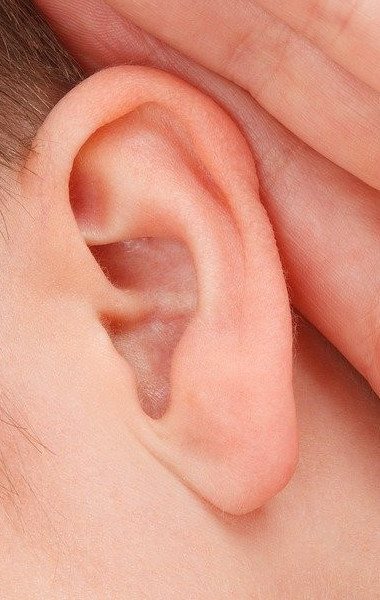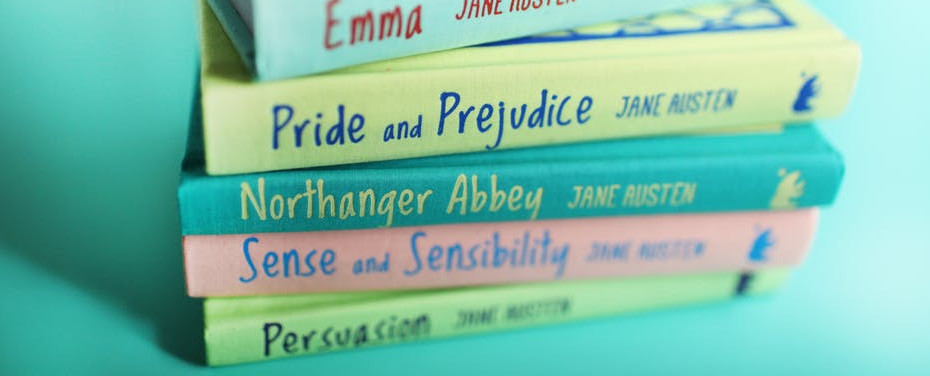What are the different types of learning styles you see in today’s classroom?
Every student has their own unique learning styles. Learning styles refer to the way in which the student gathers, processes, comprehends and retains information. The learning styles of the students are dependent upon several factors, including their environment, cognitive factors and emotional factors.
One of the most popular theory for learning styles was described in a 1992 study by Neil Fleming and Colleen Mills. In this study, they describe the different types learning styles that students use in the classroom. These learning styles are referred to as the VARK model of student learning. VARK stands for the four different types of learning styles: Visual, Aural, Reading/Writing, and Kinesthetic.
- Visual learners prefer to see the information and visualize the relationships between ideas.
- Aural Learners are auditory learners and prefer to hear the information.
- Reading/Writing Learners prefer to interact with written text
- Kinesthetic Learners prefer hands on activities
People learn better using different methods of learning. We perceive information through our senses. Most people have a dominant learning style, but nobody has just one learning style.
 Visual Learners
Visual Learners
Visual learners take in information through their sense of sight. They prefer to see the information that they are learning. When they see the information then they are able to visualize the relationships between ideas. They need to be able to see what is being taught to fully understand the matter. They are able to process information by using charts and graphs. They need the images to help them understand the concepts and ideas.
This type of learning style does not include photographs, PowerPoint or videos. The information is presented using patterns, shapes, designs and symbols to highlight and convey information.
Characteristics of Visual Learners
- Ability to picture things in their mind
- Take notes in the form of text and doodles
- Comprehends visual information such as charts, graphs, and diagrams
- Are drawn to the pictures and illustrations in books
- Enjoy learning from video presentations
- Notice visual details that other might miss
Strategies to use with Visual Learners
- Use color to highlight important key terms
- Use a visual representation for important words (symbols, pictures, initials)
- Use graphic organizers such as charts, graphs, and diagrams
- Make your presentation highly visual and show the relationships between your various points.
- Have students redraw images
- Use images to explain concepts and ideas
- Use a whiteboard to draw pictures and diagrams
Auditory Learners
Auditory learners prefer to hear the information rather than reading. These learners are able to easily comprehend and retain information that they hear in lectures. They process information better when they have a chance to talk through the material with their peers. They often use their own voices to reinforce new concepts and ideas.

Characteristics of Auditory Learners
- Easily recall spoken information
- Prefer classes that are in lecture format
- Enjoy listen to audio books
- Enjoy rhymes and rhythmic pattern in the spoken language
- Contantly aware of and easily distracted by the sounds that are around them
- Often skilled at speaking
- Like to read out loud to themselves
Strategies to use with Auditory Learners
- Record lectures so students can hear them again later
- Let the students read aloud
- Talking it out with others by having group discussion
- Have them explain the concept being taught to their peers
- Actively involve them in lectures by having them repeat back new concepts to you
- Ask questions

Reading/Writing Learners
These learners learn best when they are reading and writing. The interaction they have with the text is more powerful than hearing or seeing the images. These students enjoy the reading and writing about what they are learning.
Characteristics of Reading/Writing Learners
- Prefer PowerPoint representation
- Enjoy reading and writing assignments
- Prefer to receive written words
- Process information by writing notes
Strategies to use with Reading/Writing Learners
- Written quizzes that give them a chance to write down what they have learned
- Use annotated handouts of your presentations so they can read along
- Have them take notes of important information
- Include written summaries of graphic organizers like graphs, charts, and diagrams
- Include reading and writing with your activities
- Have them describe diagrams or charts using a written statement
- Give opportunity to do online research
.
Kinesthetic Learners
Kinesthetic learners (or “tactile” learners) are hands on, experiential learners. They learn the best by doing. Through physical activities they can capture the new information that is being taught. They are tactile in nature and need to create a concrete personal experience with what they are learning. They process the information by recreating and practicing.
Characteristics of Kinesthetic Learners
- Like to move around and explore their environments
- Often get bored with the traditional textbook learning
- Like to touch objects that they are learning about
- Would rather participate in an activity
- Appreciates opportunity to go on field trips
- Enjoy building with their hands
- Can become restless without physical activity
Strategies to use with Kinesthetic Learners
- Use activities that gets your audience to stand up and move around
- Role-playing
- Have students write things down
- Utilize lab experiments or projects
- Use real life examples and experiences
Learning Styles in the Classroom
In recent years, individual learning styles have gained a widespread recognition in education theory and classroom teaching strategies. It is important for teachers to understand their students’ learning styles so they can implement different activities to help reach all students and their different learning styles. By teaching to the different learning styles all students will have the potential to learn effectively and easily because it’s tailored to their individual learning styles. Knowing how to address the learning needs of your students is an important part of creating a meaningful classroom experiences and to help students retain what they learn.